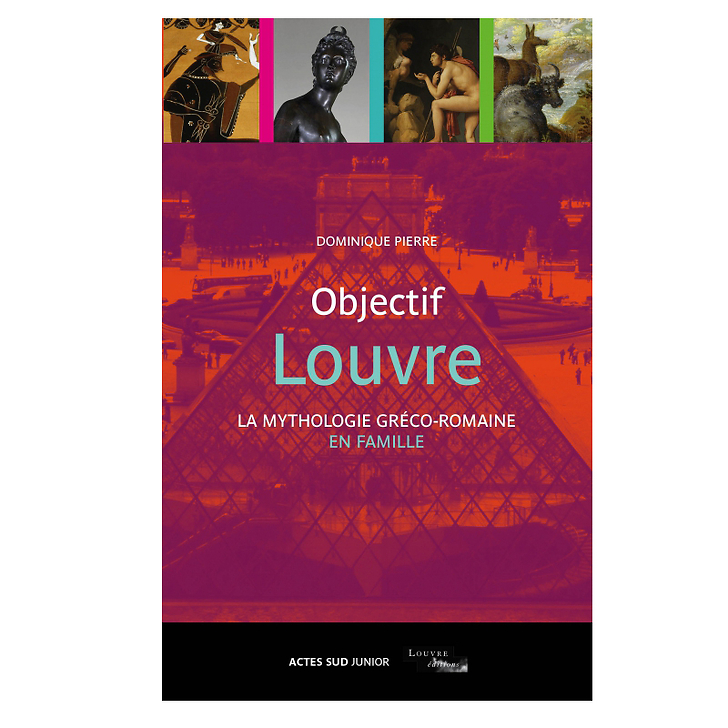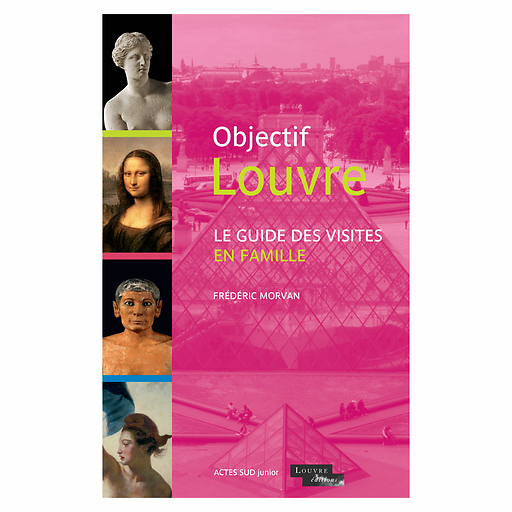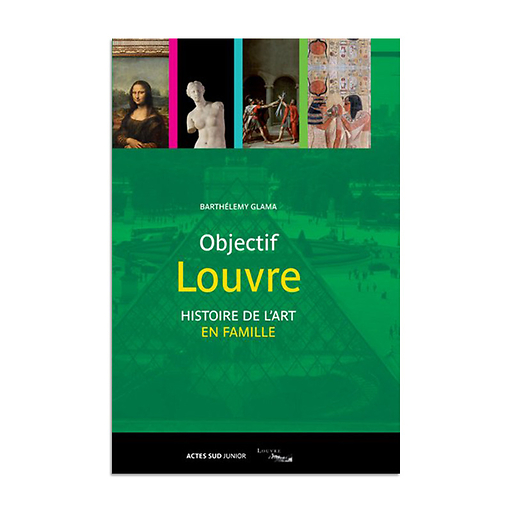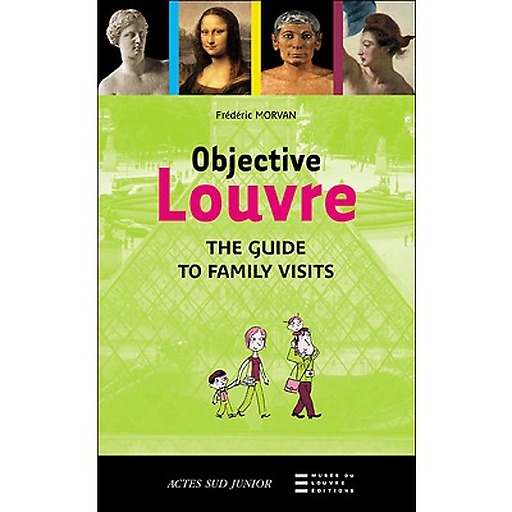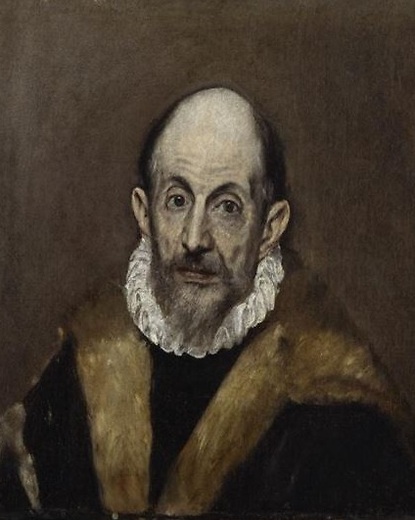Objectif Louvre - Greek-Roman mythology with the family
MX803667
Sold by Réunion des Musées Nationaux
Characteristics
- Number of pages
- 144
- Dimensions
- 13,8 × 22 × 1,6 cm
- Artist
- Domínikos Theotokópoulos, called El Greco (1541-1614)
- Art movement
- Greek, Etruscan and Roman Antiquities
- Number of illustrations
- 170
- Museum
- Musée du Louvre
- Theme
- Mythology
- Reference
- MX803667
- EAN
- 9782330056216
- Size of the book
- Paperback with flap
- Publication date
- Décembre 2015
- Illustrator
- Reynard Guillaume
Our selection
 Reviews
Reviews
letilleul
1/4/16
Comment Zeus a-t-il séduit Europe, jusqu'où sont allés Jason et les Argonautes, quels sont les exploits d'Héraclès, pourquoi la guerre de Troie a-t-elle eu lieu, qu'est-ce qui fait courir Hermès ? Que...Read more...

